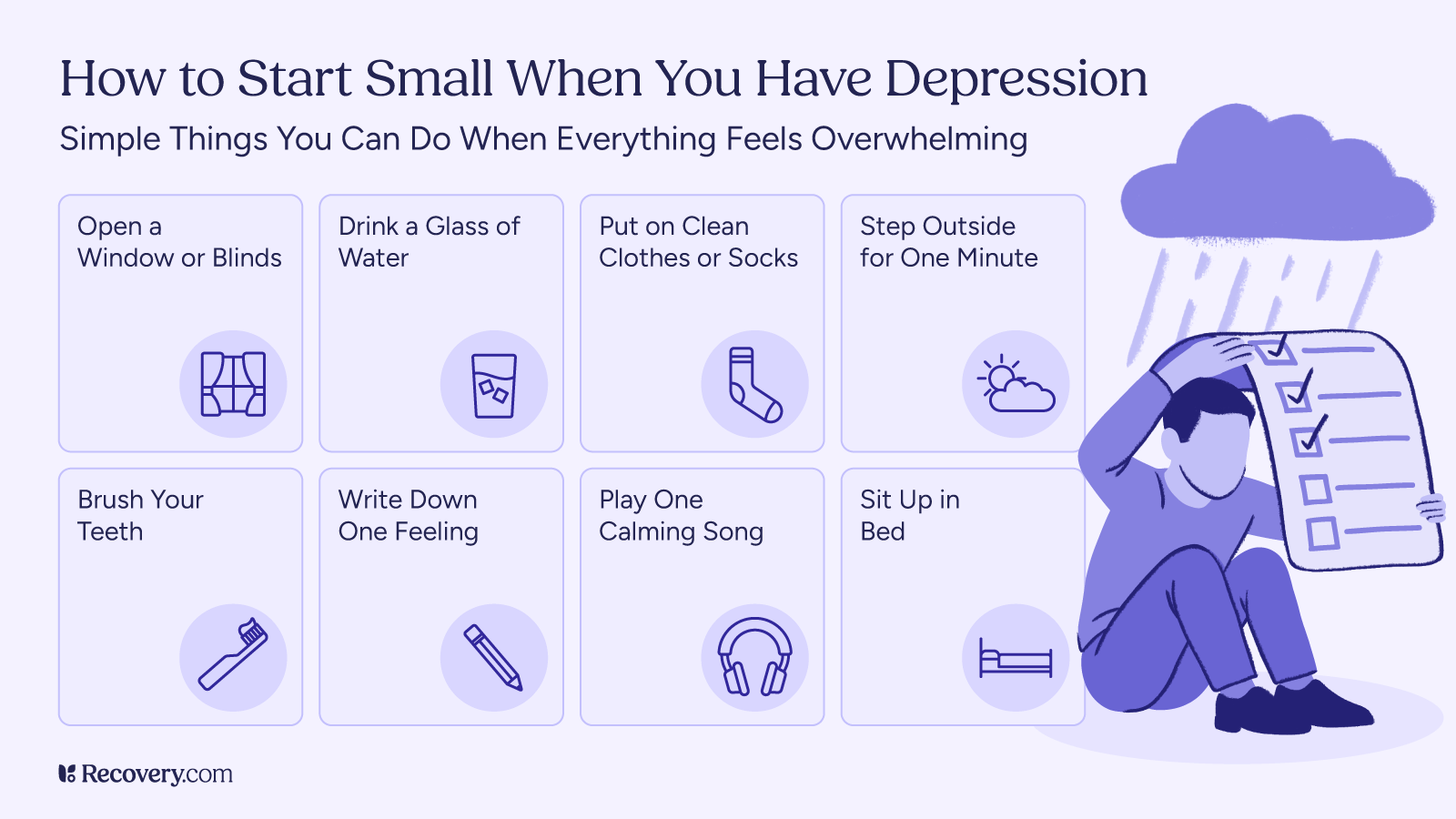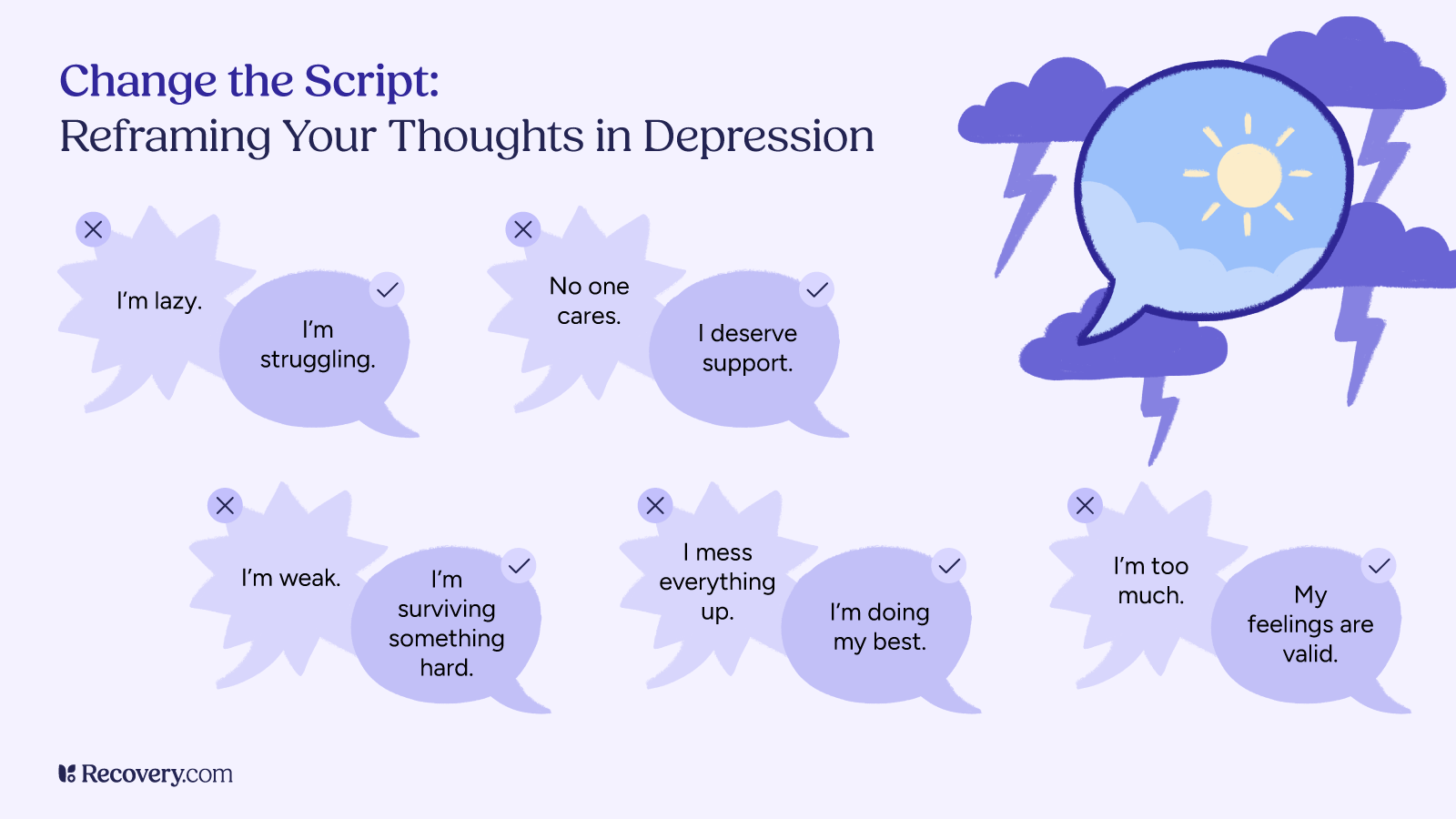This article summarizes a deeply personal conversation featured on the Giving Voice to Depression podcast, hosted by Terry McGuire. In each episode, Terry speaks with someone who has lived experience of depression or a mental health professional working in the field. In Episode 356: “Living at 60%: A Raw Look at Persistent Depression” guest Lori shares her story of living with persistent depressive disorder (PDD), offering honest insight into what it’s like to survive—not thrive—on a daily basis.
Unlike the more episodic nature of major depressive disorder, PDD is a chronic, long-lasting form of depression, often described as living life through a heavy, emotional fog. Lori’s reflections are raw and real, shedding light on the misunderstood experience of “high-functioning” depression. Below are the key takeaways and hard truths Lori reveals about this condition.
1. Persistent Depression Is Not Just “Sadness” That Won’t Go Away
PDD isn’t about feeling low occasionally—it’s about feeling low always. Lori has lived in a nearly constant state of depression for nine years, with the occasional major depressive episode layered on top. This overlapping experience is sometimes called “double depression.”
“I’m not, you know, laid out flat where I just can’t function. But it feels like that’s kind of where I stopped, but I’ve never truly regained the emotional feelings of what it feels like to be out in the sunshine like normal.” – Lori
2. People With PDD Can Still Function—But It Comes at a High Cost
Lori explains she operates at about 60% of her capacity most days. To outsiders, she may appear functional, but internally, every task requires immense effort.
- She finds herself completely drained, whether or not she worked that day.
- Even pleasant activities are exhausting.
- Smiling or participating in joyful moments feels performative, not genuine.
“I can do things…but it’s still really hard and I just have to push myself to keep going because I have to. I mean, I don’t have a choice.” – Lori
3. Starting at 60% Means You’re Already Close to the Bottom
Living at 60% makes you more vulnerable to the lows. A minor setback can plunge someone dangerously close to the pit of depression. This constant proximity to the edge is one of the most harrowing realities of PDD.
“It’s scary because you’re closer to the bottom… So just maybe sometimes even a little swing can make a dramatic difference in how much I’m able to function because it’s like starting out underwater.” – Lori
4. Joy Feels Muffled—Like You’re Underwater
In one of the most powerful metaphors of the episode, Lori likens her experience of depression to listening to music underwater. You know the song is beautiful, but you can’t really hear it.
“So like, say I’m doing something with my kids … I can know that I should be feeling joyful about it, like this is a joyous occasion. I know what it should be. I just can’t get there” – Lori
5. Morning Is the Hardest Part of the Day
For Lori, every morning begins with despair. It’s not about needing more sleep. It’s about not having the will to face another day of heavy emotional labor.
“Every single morning I wake up and I’m really disappointed that I woke up again… it feels like I have a beanbag chair full of lead on top of me. It’s like, I’m awake and I can’t … I can’t do anything.” – Lori
6. Passive Suicidal Ideation Is Real and Misunderstood
Lori’s experience includes passive suicidal ideation—not active planning, but a consistent, draining wish to “just not wake up.” This type of ideation is often overlooked or minimized.
- It’s not a desire to die.
- It’s a desire for the pain to stop.
- It’s a yearning for rest from a relentless internal struggle.
7. Depression Isn’t Always Visible—Or Obvious
Lori’s story reinforces how well people with chronic depression can mask their struggles. To outsiders, they may appear fine—cheerful, even productive. But appearances can be deceiving.
“You fake it well enough that someone who doesn’t know you wouldn’t know.” – Terry McGuire, describing the hard-to-see nature of Lori’s depression
8. Well-Meaning Advice Can Do More Harm Than Good
Friends and loved ones often try to help, but the impulse to fix or minimize the issue often backfires. Common phrases like:
- “Still?! I thought you were better.”
- “Well, you look fine.”
- “Maybe try adjusting your meds again.”
…can feel dismissive, invalidating the chronic nature of the illness.
“So to try to fix things is just really, really hard to have people suggest … If there was anything, anything that I could do, you know I would do it.” – Lori
9. Support Is About Validation, Not Fixing
The best support isn’t about solutions—it’s about acknowledging the struggle. Lori stresses how powerful it is when someone simply recognizes her effort to stay afloat.
- Say: “That sounds so hard. Props to you for showing up anyway.”
- Avoid: “Have you tried XYZ?”
10. Hope Can Feel Impossible—But Curiosity Might Be Enough
Telling someone with chronic depression to “stay hopeful” can feel cruel. But offering them the idea of staying curious can be more accessible and effective.
“Years ago a guest said, you don’t have to be hopeful about your future, but try to be at least a little curious—and that can be enough.” – Terry McGuire
11. Persistent Depression Deserves Its Own Diagnosis and Compassion
Dr. Anita Sanz, the podcast’s former co-host and a psychologist, emphasizes that persistent depressive disorder is not a failure of treatment or effort. It’s a legitimate, chronic mental illness that demands acknowledgment and compassion.
- It’s not caused by a failure to try hard enough.
- It’s not due to ineffective therapy or medication alone.
- It’s its own category, deserving of understanding and patience.
“It is not milder in the sense of the impact on the person… because it can just literally feel like you’re being worn down.” – Dr. Anita Sanz
12. Even Enjoyable Activities Can Be Exhausting
Socializing, hobbies, or special occasions may seem like a break from depression—but for someone with PDD, even positive interactions can feel like another task.
- Lori often agrees to activities for her own good.
- But when the time comes, she regrets committing.
- The guilt and self-judgment compound the emotional load.
13. Change Is Possible—But It May Be Subtle
While Lori’s condition didn’t disappear, she did attend a treatment program that made a noticeable shift. She now no longer dreads waking up, even if mornings are still difficult.
- The change was subtle—but significant.
- It proves that things can shift, even if healing doesn’t look like a complete recovery.
“[Lori] will tell us she no longer goes to bed dreading waking. And when she wakes, while it’s still difficult physically and mentally to get up and get the day started, it’s not because she wishes she hadn’t waken. [Her treatment] did effect a shift.” – Terry
+1: Just Stay—Even If It’s Just One Day at a Time
A central takeaway from Lori’s story and Terry and Anita’s reflections is that sometimes staying alive and continuing to show up is the hardest and most courageous thing a person can do. It might not get better right away—but staying alive means you’re here if it does.
- Focus on just getting through today.
- Be kind to yourself in the hardest moments.
- Understand that managing chronic depression is a full-time job.
“The most important thing is to stay so that you’re here to see the shift. And that’s what we always come back to is, please stay, that’s the most important thing. And then the next most important thing is, let’s not make staying be so miserable because that’s not okay either. I don’t want you to stay and be miserable. I want you stay and have life be actually something worth feeling like it’s worth living. And so then we go from there.” – Dr. Sanz
Final Thoughts
Living with persistent depressive disorder (PDD) isn’t about surviving a rough patch—it’s about enduring a constant emotional weight that never fully lifts. As Lori shares in her courageous and unfiltered interview, the experience isn’t defined by dramatic breakdowns or total dysfunction, but rather by the exhausting, relentless effort it takes to maintain a semblance of normalcy while feeling internally disconnected from joy, motivation, and hope.
This kind of depression can be deeply isolating. When the world expects smiles, productivity, and gratitude, living at 60% feels like you’re failing to meet invisible standards—standards that don’t apply to a chronic mental health condition. Lori’s honesty gives voice to an experience that many silently endure: waking up disappointed to still be here, pushing through the day without access to joy, and feeling invisible because you “look fine.”
But her story also reminds us that even subtle shifts—like no longer dreading the morning—are worth acknowledging and celebrating. While recovery might not mean a return to 100%, it can mean finding better tools, support, and moments of relief.
The most important takeaway? We need to believe people when they say they’re struggling, and support them in ways that emphasize presence, compassion, and endurance—not quick fixes or false optimism.



